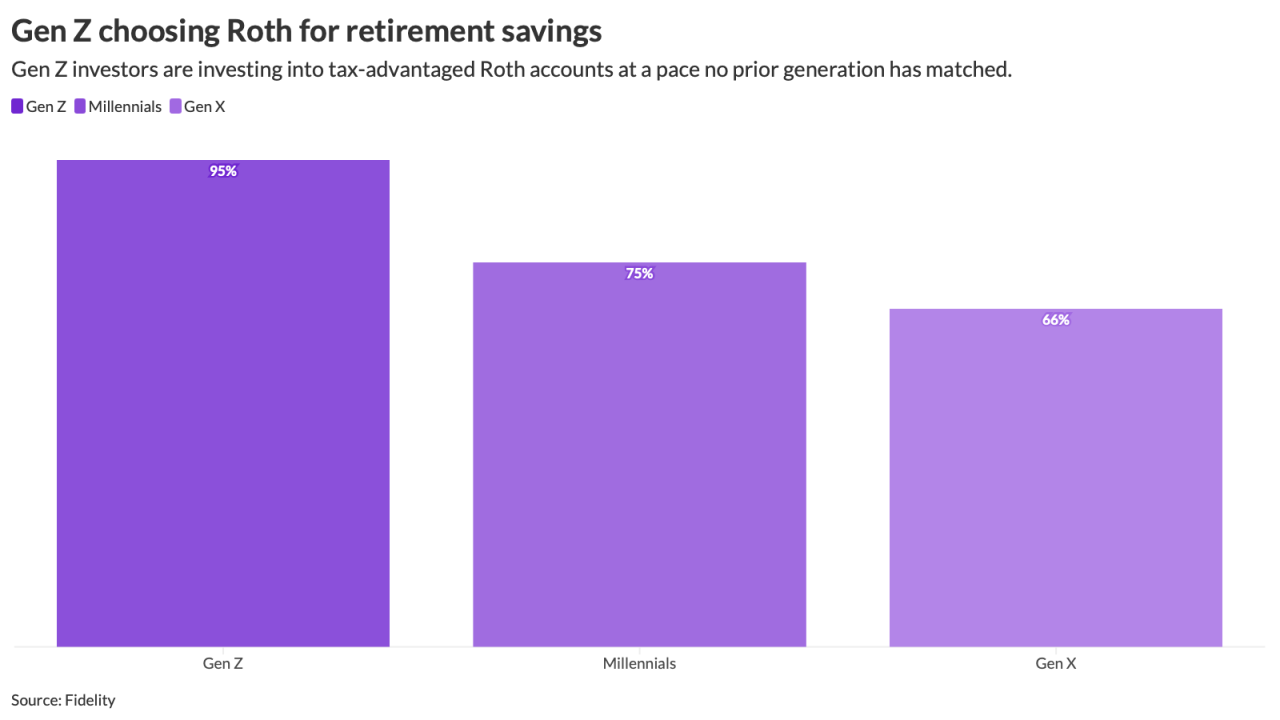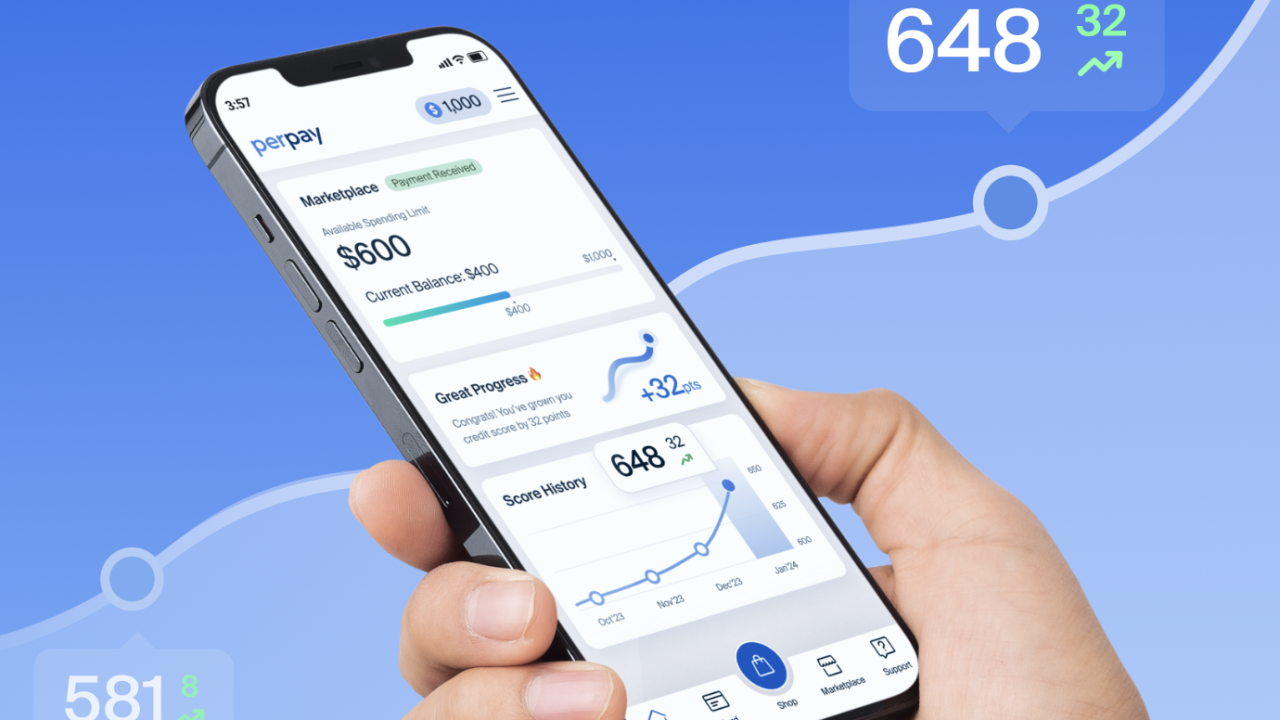Every couple of months, fans of the popular multiplayer online survival game “Fortnite” wake up in the wee hours of the morning to get new game updates. The video game is broken up into “seasons,” and every few months creator Epic Games adds new features for players to explore.
This phenomenon is nothing new to Misty Guinn, director of benefits and wellness at cloud-based benefits platform provider Benefitfocus, who has two young sons. After seeing her boys anxiously await each new release, she got an idea: Why not apply the same varied rollout to employee benefits?
“Seeing that they got up at 3:30 in the morning to see what new products had opened and new areas of the map, I said, ‘This is making sense,’” she says, explaining that employers can take a similar approach when it comes to

She calls this “the Fortnite effect,” and next year Benefitfocus will roll out a plan where, much like the game’s seasonal releases, they add new benefits products and educational initiatives each quarter for their employees. Every quarter will focus on a different group of benefits, from healthcare and
“It’s only two to three benefits they’re going to have to really look at and learn about every few months, rather than learn about all 28 of them in a two-week period,” she says. “I think breaking it down to those quarterly releases is going to really help us bring that new benefit philosophy to life.”
There has long been a discussion on how to improve benefits education for employees ahead of open enrollment. But so far, nothing has seemed to make a significant difference, industry experts say. A recent study from consumer-driven healthcare solutions company
Employers have added to their benefits offerings over the past two years, and simply emailing out a 50-page booklet once a year during open enrollment isn’t going to cut it, Guinn says.
To make open enrollment more effective, employers need to come up with better ways to educate their workforce, experts say. Peter Marcia, CEO of voluntary benefits consulting firm YouDecide, says there’s been a push toward personalizing open enrollment.
For example, using different methods of communication to reach employees can be effective. While some employees prefer to be contacted via email, others might want to talk on the phone, or by instant message. He says some insurance carriers are considering suggesting more targeted, personalized health plans to employees, instead of leaving them to figure it out on their own.
“Trying to communicate down to the individual, I think, is where this goes next,” he says.
Marcia agrees with Guinn that giving employees large amounts of information about open enrollment once a year is no longer an effective way to educate them. Programs that break it down for employees over a longer period of time may be a good way to improve employee understanding, he says.
“I think that’s a great way to do it,” he says.
See also:
Jason Andrew, CEO and co-founder of Limelight Health, an insurance technology company, says focusing on benefits education should be more of a priority for employers. Making sure that employees really understand the ins and outs of their health plan ensures that they will be more prepared when open enrollment comes around, he says.
“What we need is better decision support and more data and education around how plans work, including transparency, allowing us to get the knowledge to make the right decision at the time we need to make it,” he says.
Although it is still in the early stages, Guinn hopes her new program will improve employee education. She wants to encourage workers to get excited about their benefits.
“It’s almost like gamifying the world of benefits,” she says. “That excitement of seeing every three months, what are the new things I get to take advantage of?”





